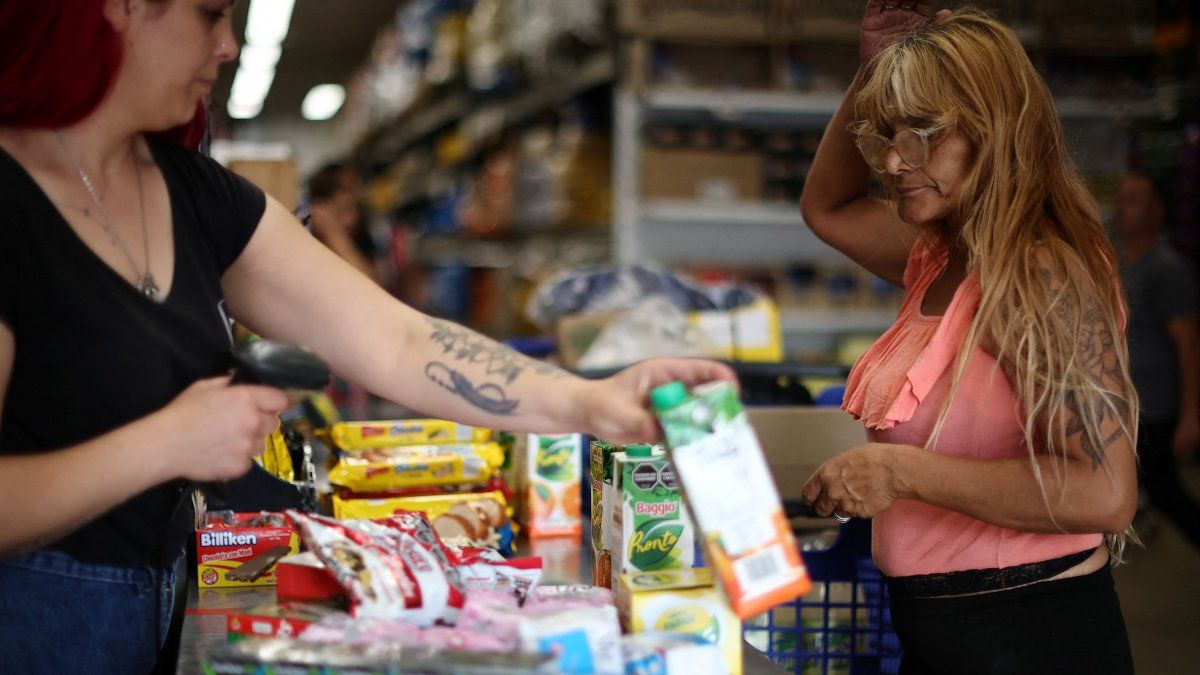In Argentina, the acceleration of prices was done at much higher rates: January inflation reached 20.4%, almost doubling what had been the average rate for all of 2023 (11.0%).
The price rise gap between Argentina and the 10 countries that make up Latin America expanded in early 2024. In January 2024, 7 out of 10 countries experienced an increase in food inflation, the region went from a median value of 0.4% in 2023 to 0.7% monthly. In Argentina, for its part, There was also an accelerationbut with much higher rates: January inflation reached 20.4%, almost doubling what had been the average rate for all of 2023 (11.0%), revealed a report prepared by the Mediterranean Foundation.
The content you want to access is exclusive to subscribers.
The study, signed by Tobías Lucero and Martina Abduca, sought to analyze how the price increase performed in Argentina vs. the region. In 2024, the country reached a CPI rate of 20.4% monthly as measured by the INDEC while in Latin America (10 countries) inflation for the same category of goods, which was 0.3% monthly, 0.6%, 1.0% and 0.4% in the last four years (respectively, median value), shows a value of 0.7% monthly in January.


Thus it can be deduced that the gap between local inflation and that of neighbors was already high in the previous years but reached record levels at the beginning of this year. “In January 2024, the local rate is 47.8 times higher than that of the region (median value), a gap that becomes larger with some countries, for example, reaching 200.8 times when compared to Peru , 63 times with Costa Rica and 54.2 times with Ecuador. It must be remembered that last year the gap with the region was 31.5 times, in 2022 it was 5.7 times, 5.5 times in 2021 and 8.5 times in 2020,” they explained.
inflation.PNG

According to IERAL, the inflationary acceleration of food (and other goods and services of the Argentine economy) observed in the last months of 2023 and the beginning of this year is explained by two factors:
to the large monetary issue carried out by the outgoing government in an election year to finance public expenses that did not find more genuine sources of financing (tax revenues, debt placement);
b) the relative price adjustment process, iinitiated by the new government to recompose a very distorted price system (repressed inflation), which has included, among other measures, a significant correction in the official exchange rate, a variable that is decisive in the formation of internal prices of products under analysis.
Source: Ambito




